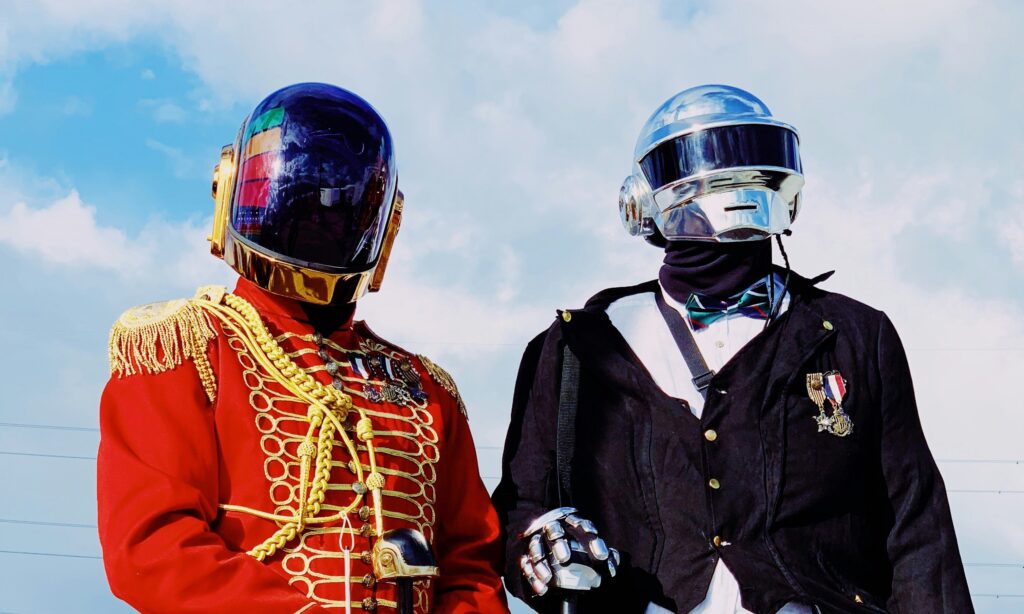I’ve setup a fair number of social media channels. There has been the odd car crash, but some went better and I’ve picked up a few tricks along the way. Even though each platform has its own distinct requirements, this brief guide will make sure you’ve got the bases covered and save you a lot of time regardless of the platform you’ll be using.
1. Take Stock

If you have not already done so, now’s the time to embrace the search bar and find out what profiles are already out there. You might not think there’s anything to find, but thanks to an overzealous intern, or that time your predecessor had too much prosecco and flirted with MySpace, your organization may already be on social media.
Get every channel you’ve already got – I mean every channel – on one spreadsheet: Facebook, Twitter, Instagram, YouTube, LinkedIn, Vimeo, Google Plus, the whole lot. Add in any channels you want to set up and you should have a much clearer picture of your think tank’s social media presence.
I typically use this spreadsheet because – like any sane human – I like spreadsheets, but the important thing is that your spreadsheet helps with step two.
2. Decide: Kill, Keep, Grow

Every social media channel your think tank has reflects on your organisation: potential recruits, clients and the public will judge you based on what they see – or don’t see – online. For now, it doesn’t particularly matter what platforms you’re on; what does matter is what you do with them. Here are three options:
Keep
Not every channel has to be buzzing with activity. Most think tanks need a YouTube or Vimeo account setup even if they’re not posting a new video every day (RSA is a great example of this). Bear in mind, your keep list will typically be channels you want to maintain for hosting content, or that you plan on going live with soon: if it doesn’t fit either of these categories, it probably shouldn’t be on this list.
Grow
These are the social channels you will be dedicating most of your resources towards. When first starting, organisations want to be on every social platform, but your time is limited; be cautious of starting out with a huge list of channels you want to grow.
Kill
This is the most important one. Don’t be afraid to kill things that you’re honestly not going to invest resources into. Nobody wants to see a feed that was last updated when Obama was still in office. How do you decide what to kill? Simple – if you’re not going to keep it or grow it, then it’s time to take that channel out back and shoot it.
3. The Basics

Every platform has a different setup: organization description, images and information will be displayed differently. Your Twitter bio is going to be a great deal shorter than your Facebook Page description. With that in mind, now’s a good time to get your ducks in a row and make sure you’ve got the basics covered by creating the following things:
Long Organisation Description
This will typically be used on Facebook and LinkedIn. Save time and be consistent, write up one long description and use it on any platform that will let you, if nothing else it helps search engines index your page.
Short Organisation Description
Twitter, for example, does not like you to prattle on about what you do. But having a punchy one liner describing why your think tank exists can be a boon for your other channels too. People aren’t typically going to read your long organisation description; using the short description as an intro can help people on social media get a clear picture of who you are in a timely fashion.
Coming Soon/Inactive Description
Remember those channels you decided to keep in step two? That wasn’t just for fun. If you’ve claimed a social media profile but aren’t posting on it regularly then let people know: redirect them to an active account, write a ‘coming soon’ description, anything other than leaving them wondering and wandering.
Links
There’s nothing wrong with directing people to your homepage, but there are plenty of examples of think tanks, like the Heritage Foundation, using the link in their description to push new content. Have a think about what page you want to direct people towards, this might be different on different channels; Instagram only allow one link in the bio, so use it wisely.
Images
I can’t stress this enough: make sure your profile images fit the platforms requirements. Here’s a cheat sheet I use to keep up to date with the image size guidelines. Get these images ready before you start setting up the channels, otherwise you might end up wrestling with a pixelated nightmare.
4. The Content

Ideally, you want your content prepared before you set up the social media profiles you’re posting it on. If you can plan the majority of your content in advance, it will free up time for engaging with your audience and growing your network.
There you have it – a no frills guide to setting up social media for your think tank.





